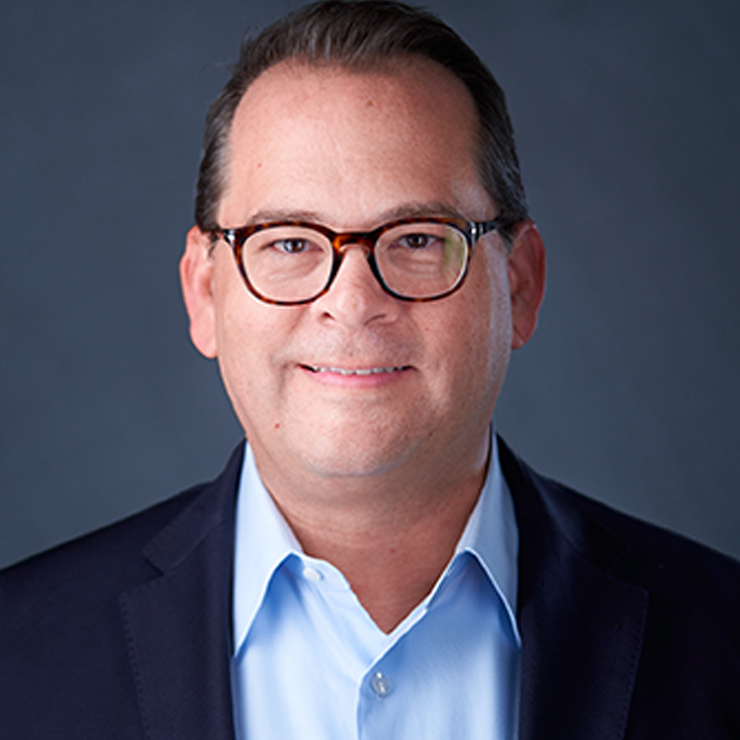Increased Use of Telemedicine Brings Numerous Benefits for SNFs
Brian Carpenter, MD
1/31/2023
ADVERTORIAL
 As we move forward in 2023, it’s uplifting to see census returning to near pre-pandemic levels for many providers. Unfortunately, many of these same facilities are still experiencing staffing challenges and the daunting reality of higher-acuity residents. With over 50 percent of U.S. hospitals operating in the red, the trend to discharge patients from the acute setting faster and sicker will surely continue.
As we move forward in 2023, it’s uplifting to see census returning to near pre-pandemic levels for many providers. Unfortunately, many of these same facilities are still experiencing staffing challenges and the daunting reality of higher-acuity residents. With over 50 percent of U.S. hospitals operating in the red, the trend to discharge patients from the acute setting faster and sicker will surely continue.
An increase in acuity requires more physician access.
Skilled nursing facilities (SNFs) are increasingly shouldering the responsibility of complex hospital discharges, which test staff capabilities and negatively affect quality scores. Some providers have welcomed a higher-acuity strategy as an opportunity to build census, but physician access for these patients remains limited. Newly admitted patients may not see a physician for an assessment on the first day, and long-term care residents may only see a physician once a month. Physician access differs vastly from the acute-care setting, where doctors can be at the bedside 24/7 when needed.
Telemedicine is the only cost-effective means to increase access to physician services.
If the pandemic had a silver lining, it was telemedicine. The U.S. Department of Health and Human Services reported a 63-fold increase in Medicare telehealth utilization in 2020. Better technology, the need for infection control, and regulatory changes in the Coronavirus Aid, Relief, and Economic Security (CARES) Act expanded the opportunity to positively impact SNF outcomes. When deployed correctly, telemedicine is the most effective and affordable way to place a physician at the bedside 24 hours a day. Video-enabled virtual care provides the means to assess, manage, and treat changes in condition, in partnership with an attending nurse. It’s especially effective for nights and weekends.
Today it’s about more, not less.
Despite its promising potential, SNF telemedicine was initially met with a hefty dose of skepticism. Medical directors and attending physicians feared their billable encounters—or even their jobs—could be at risk. Nurses worried physicians would spend less time in the building. Providers worried about liability. And families assumed that telemedicine would replace in-person care for their loved ones.
Fortunately for long term and post-acute care residents, attitudes have shifted dramatically over the past few years. Today, there is broad and growing acknowledgment of telemedicine’s value and data to prove clinical efficacy and improved outcomes.
Telemedicine assists in managing transfers to and from acute settings.
One of the biggest challenges happens when residents need hospital-level services. Transfers at night create the most risk because understaffed emergency departments (EDs) don’t always prioritize SNF residents for treatment. We’ve seen a dramatic difference when an ED transfer workflow includes a tele-physician consult followed by direct communication from the tele-physician to the ED. When an engaged physician speaks directly to an ED physician to advocate on the patient’s behalf, the scenario for the patient changes. Telemedicine makes this possible, even overnight. The result is faster care, appropriate utilization, and less time in the hospital. We manage hundreds of ED transfers each month, and 39 percent of residents return to the SNF without hospital readmission.
Likewise, when patients arrive or return to the SNF, seeing a physician within a few hours can significantly improve the transition of care. Patients and families have shared how comforting it is to see a physician and have questions answered on day one. A video encounter can address medications, pain management, and a care plan to set the patient up for success until they can be seen in person by a physician.
Integration makes a difference.
SNF telemedicine is a two-way conversation initiated by a nurse at the bedside. Nurses use telemedicine more often when the process is easy, integrated into their existing workflow, and intuitive. Our partnership with PointClickCare makes telemedicine accessible directly in the patient chart, and utilization has skyrocketed. One regional organization saw a remarkable 300 percent increase in consultations—94 percent of which resulted in residents receiving treatment without having to leave their facility.
Telemedicine has a positive impact on SNF operations.
For SNFs, the return on investment from telemedicine shows up in myriad ways. Revenue is saved by reducing hospital readmissions and lost bed days. Administrative costs go down with uninterrupted care and fewer expenses tied to hospital transfers. Additional value accrues with improved quality scores, better hospital relationships, and more referrals through high-quality SNF networks. Additionally, numerous organizations see increased nursing satisfaction from this additional level of responsive support, even using their program to help recruit nurses.
Find out more about how Sound Physicians supports SNFs with telemedicine services. Visit soundphysicians.com.
Brian Carpenter, MD, SFHM, is chief medical officer, telemedicine, for Sound Physicians.